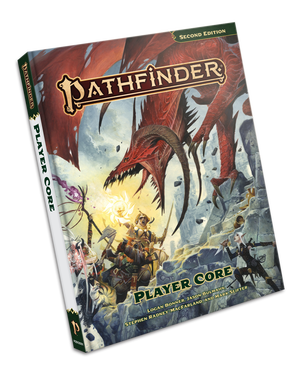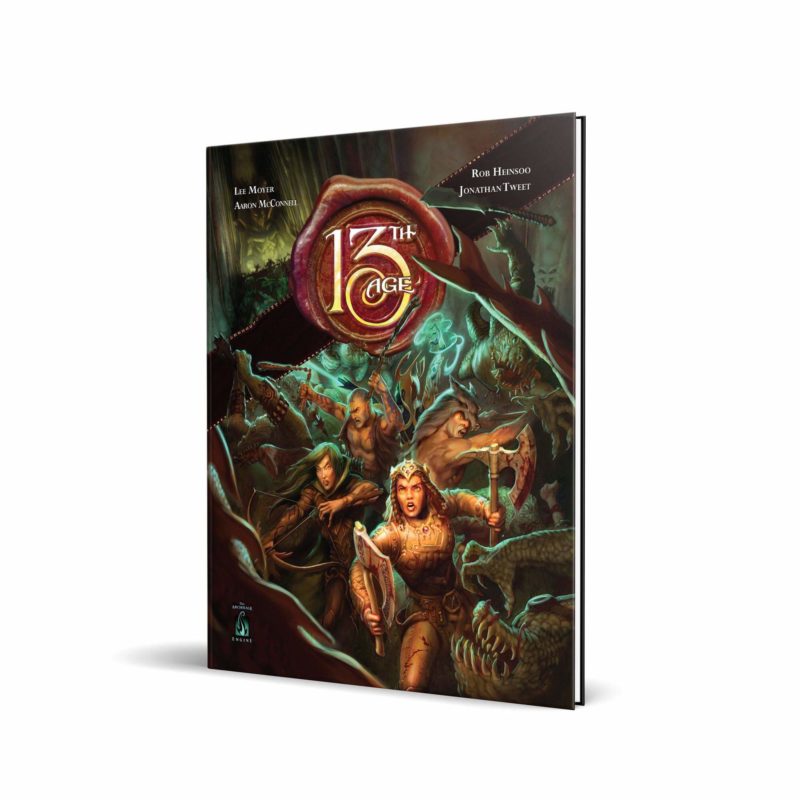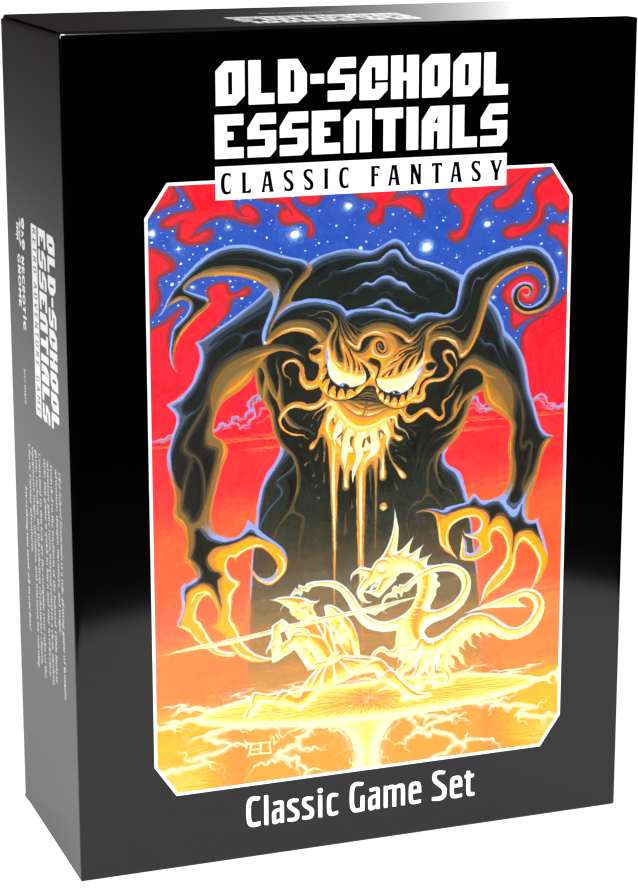Pathfinder Fantasy; High-Fantasy; Class-based; Character Customization; Tactical Combat; Exploration-Driven; Collaborative Worldbuilding
Pathfinder is a fantasy tabletop role-playing game (RPG) published by Paizo Publishing. It evolved from the 3.5 edition of Dungeons & Dragons, offering a robust and customizable gaming experience with a focus on high fantasy, class-based character development, tactical combat, and collaborative worldbuilding. Pathfinder has garnered a dedicated player base and critical acclaim for its comprehensive ruleset, extensive setting, and support for both new and experienced RPG players.
Theme and Setting
Pathfinder is set in the world of Golarion, a high-fantasy setting filled with diverse cultures, ancient ruins, and powerful magic. The world is designed to support a wide variety of adventures, from classic dungeon crawls to intricate political campaigns. Golarion features numerous regions, each with its unique flavor and history, allowing for collaborative worldbuilding. Players can explore themes of heroism, morality, and the struggle against overwhelming odds in a cinematic and immersive environment, which creates plenty of opportunity for long-term campaigns.
Core Mechanics and Rules
Pathfinder utilizes a d20 system, where players roll a 20-sided die and add modifiers based on their character's abilities and skills. The game features a class-based system, where characters choose a specific class that determines their strengths and abilities. Tactical combat is a significant aspect of Pathfinder, with detailed rules for movement, positioning, and special maneuvers. The game supports narrative-driven gameplay, encouraging players to develop their characters and engage in meaningful interactions with the world.
What Makes Pathfinder Unique
Pathfinder distinguishes itself through its extensive customization options, offering a vast array of classes, feats, spells, and equipment. This allows players to create highly personalized characters tailored to their preferred playstyle. Pathfinder emphasizes tactical depth in combat, with a wide range of options for players to utilize. Paizo also provides comprehensive support for the game, including adventure paths, organized play scenarios, and a wealth of online resources. The Pathfinder Society is an organized play program, where players can use their characters in different play sessions and different groups while continuing to earn experience, money and prestige points.
Target Audience and Player Experience
Pathfinder appeals to players who enjoy high-fantasy settings, tactical combat, and in-depth character customization. The game is designed for both new and experienced RPG players, with resources available to help newcomers learn the rules. The player experience in Pathfinder is collaborative and narrative-driven, with players working together to overcome challenges and create memorable stories. Pathfinder aims to provide a cinematic and immersive gaming experience, encouraging players to invest in their characters and the world around them. Its first edition is considered by some to be 'D&D version 3.75', and served as a popular alternative when D&D changed its system to 4e.



